Contents
Guide
KNOWLEDGE TOWNS
Higher Education and the City
Costas Spirou, Series Editor
KNOWLEDGE TOWNS

Colleges and Universities as Talent Magnets
DAVID J. STALEY and DOMINIC D. J. ENDICOTT

JOHNS HOPKINS UNIVERSITY PRESS | Baltimore
2023 Johns Hopkins University Press
All rights reserved. Published 2023
Printed in the United States of America on acid-free paper
2 4 6 8 9 7 5 3 1
Johns Hopkins University Press
2715 North Charles Street
Baltimore, Maryland 21218
www.press.jhu.edu
Library of Congress Cataloging-in-Publication Data is available.
ISBN 978-1-4214-4627-1 (hardcover)
ISBN 978-1-4214-4628-8 (ebook)
A catalog record for this book is available from the British Library.
Special discounts are available for bulk purchases of this book. For more information, please contact Special Sales at .
For Alexa Marie Reck
DJS
To my wife, Tamsen
DDJE
ACKNOWLEDGMENTS
David J. Staley
The publication of this book is a testament to the efficacy of remote work. Although we have written this book together, Dominic and I have never met face-to-face before. In July 2020, I received a message over LinkedIn from a venture capitalist in New Hampshire who had read my previous book, Alternative Universities, and wanted to meet over Zoom to discuss areas of interest. Over the course of the next two years, Dominic and I have been meeting almost weekly; the conceptualization of this book was carried out over this virtual platform. Google Docs provided a useful forum for writing and revising each others work. While much of the world grew weary with Zoom fatigue, I found our meetings to be creative and productive, and I looked forward to each meeting knowing that it would mind-expanding. At various points over the last two years, we have promised ourselves that once it seemed safe to travel again, we would find time for lunch. To celebrate the launch of this book, perhaps now is the time for that lunch together.
I wish to thank Paul Carlson and Mark Zeller, both of whom are working on economic development in rural northwest Ohio and who were early sounding boards for the ideas explored here. Both Paul and Mark grasp the significance of colleges and universities as economic and innovation anchor institutions for their region.
I was fortunate to have been invited by John Jung, Louis Zacharilla, and Robert Bell to deliver the keynote address at the 2020 Intelligent Community Forum (online) Summit on the theme of small colleges as talent magnets. I was starting to use Dominics concept of a talent magnet as a way to think about how colleges in small towns might reinvent themselves, and the ICF keynote afforded me the opportunity to test out many of the ideas elaborated on in this book. They also invited me to write a version of my address, published on the ICF website.
Melissa Morris-Olsen, director of the Center for Higher Education Leadership and Innovative Practice (CHELIP) at Bay Path University, has supported this project in ways she may not fully realize. Melissa invited me to become an honorary faculty fellow at CHELIP, providing me a platform to write a monthly blog on innovation in higher education. In addition, Melissa invited me to present a webinar on the theme of universities as talent magnets.
Dominic D. J. Endicott
I would like to thank Greg Britton for challenging us to turn what was envisioned as an article into a full-length book. I would also like to thank my coauthor, David Staley, for supporting me in the journey of writing my first-ever book. I believe his book, Alternative Universities, is the most creative project in truly thinking about the possible evolution of the university, and my initial approach to him was to explore how some of his models could be turned into reality. I never would have thought I could be a writer, but our sessions together and our joint work on this project have given me the confidence to write. I look forward to a lunch with the publication of the book.
The core themes in the book have built on real-life examples, including the emerging knowledge town transformations of Waterville, Maine, through the leadership of President David A. Greene of Colby College, and of Rochester, Minnesota, under the guidance of Stephen Lehmkuhle as inaugural chancellor for the University of MinnesotaRochester.
We have been inspired by movements such as the Congress for the New Urbanism and the media advocacy organization Strong Towns, which seek to provide an alternative narrative to the model of sprawl that has dominated the past 100 years of development.
There are thousands of leaders of all types in towns, neighborhoods, and cities across America who work to make places better. If not for the daily toil of those who run and work in utilities, schools, ambulances, fire brigades, police, and countless other services, life in many places would be much more difficult. Organizations such as Main Street America have tapped into the drive of many thousands of people who have volunteered to reimagine and improve a downtown core or a run-down neighborhood. Our belief is that the energy of millions of Americans is ready to be unleashed as we set new priorities around what we want our places to be.
The idea of applying the concept of talent magnets to place-based strategies came from a lecture entitled How Towns and Cities Can Become Talent Magnets, and Stay That Way, which I was asked to develop in October 2020 by St. Mary Development Corporation for a conference called The Business of Aging. I had been doing a lot of work on the longevity economy and realized that place was the prime determinant of good aging, and that good places were great for all ages. The term talent magnets has been used in the world of human resource management to refer to individuals that attract and nurture the talent of others, and it felt to me that it could be a way of defining what would be an ideal place. Thanks to Catherine Campbell and Tim Bete at St. Mary for providing me with the initial venue and audience to test out these ideas.
St. Mary and Ohio State University, where David Staley is a professor, are only about one hour apart from each other by car. Ohio, where both institutions are located, has often been a hinge state, and I would hope that it could be a fertile ground for some of the ideas in this book in the same way as my adopted home of New England; the British Isles, where I was born; and Catalonia in the Kingdom of Spain, where I grew up.
KNOWLEDGE TOWNS
INTRODUCTION

The Knowledge Town
AMERICA IS AT THE DAWN of a wave of internal migration that will spawn an explosion of new types of colleges and universities, reaching deep into our country. Just as every town expects a church, bank branch, post office, coffeehouse, or brewpub, we will see a decentralized network of academies acting as cornerstones for the post-pandemic rebuilding of our society and economy. The combined effect of migration, place-based reinvention, and the decentralization of the college experience will pivot the United States toward the first cloud-based economy at continental scale. If we can avoid unnecessary wars or internal conflict and instead put our energy into this societal transition, we will experience a surge in well-being and sustainable economic growth.


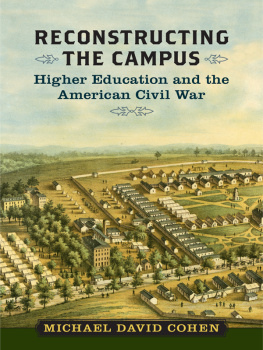
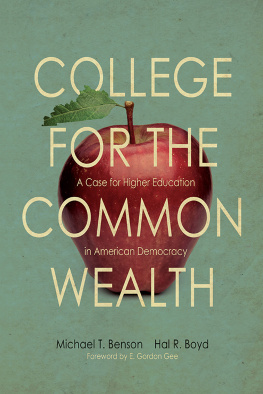
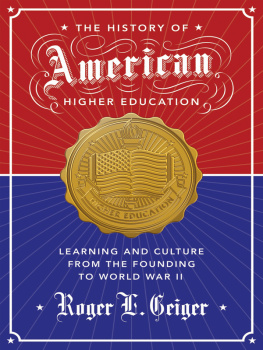
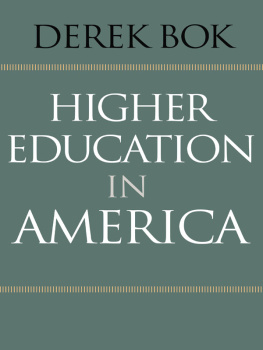
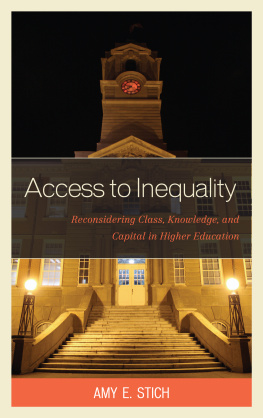
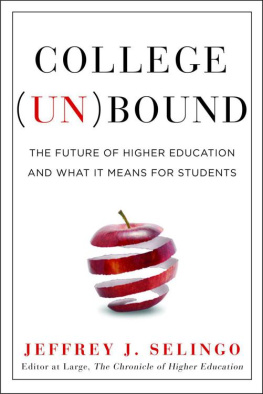



 The Knowledge Town
The Knowledge Town